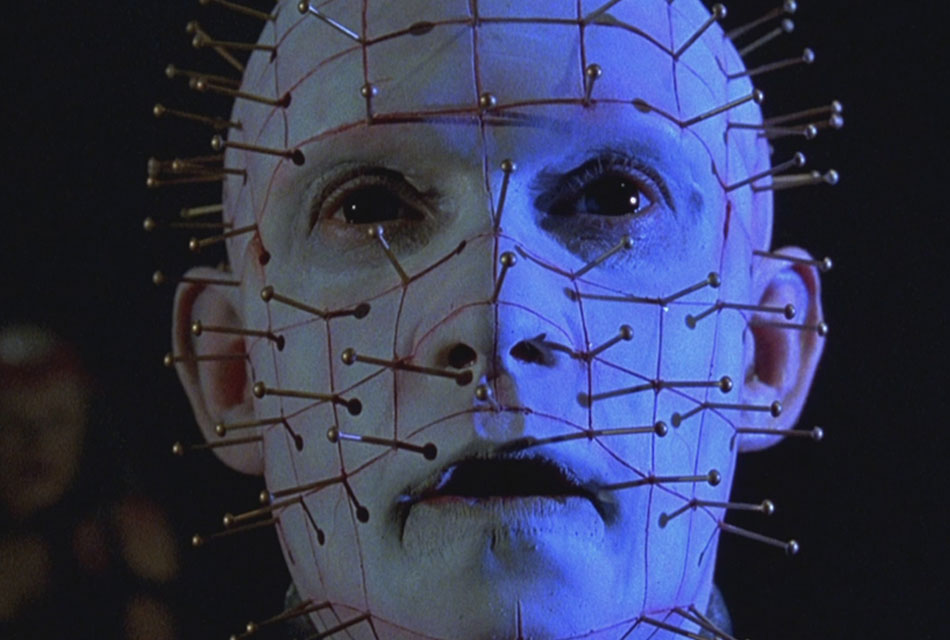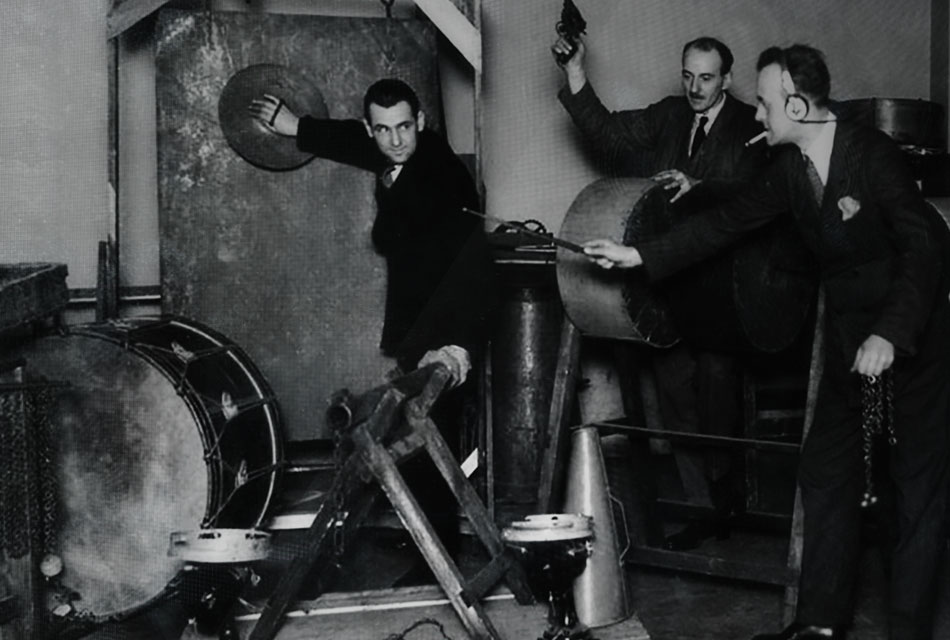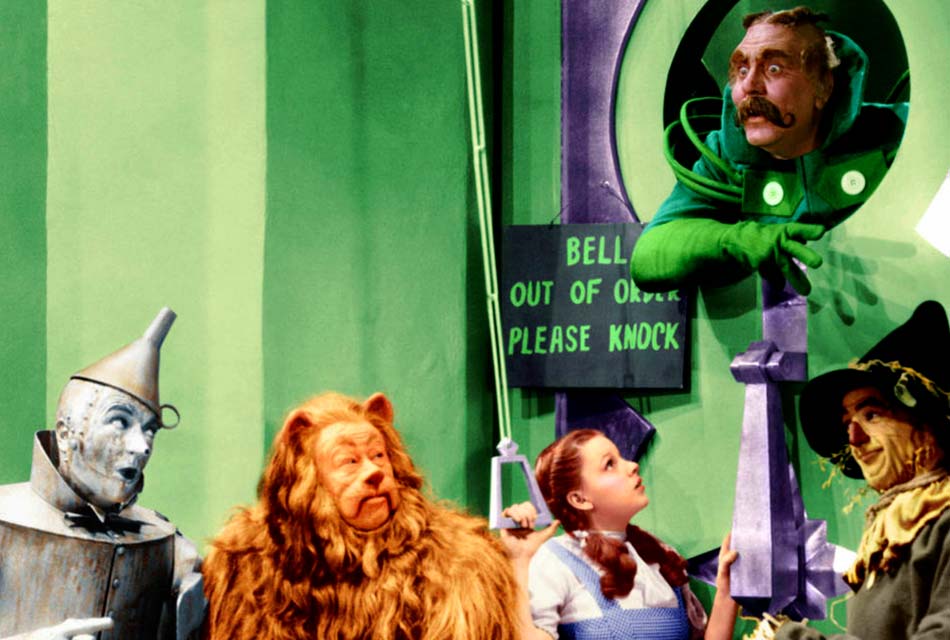And the winner is...
The statuette itself was sculpted by an artist called George Stanley after a design by cinema architect Cedric Gibbons, who went on to win eleven of the awards himself, and it hasn’t changed in design since it was first presented in 1929. The most commonly cited origin for the name ‘Oscar’ describes when Margaret Herrick, then-librarian and later executive director for the Academy, noted that the award looked like her ‘Uncle Oscar.’

The Oscars have become more of a publicity event than Mayer could ever have hoped for, with the two hour ceremony dominating television coverage during the lead up to the night itself, when the sealed envelopes containing the winners’ names are opened, and the golden figurines are handed out. Until the 91st Academy Awards, a high-profile comedian was usually engaged to host the show, with Bob Hope Hosting nineteen times, followed by Billy Crystal with nine appearances.
Prospective winners are hotly debated, and the effects of an award on a film’s bottom line are difficult to calculate, but almost always beneficial. 'The Triplets of Belleville' (2007) saw its box office returns triple to $7 million after being nominated for Best Song - not even a win! - while everyone’s favourite Noughties rags-to-riches story, 'Slumdog Millionaire' (2008), gained a third of its ticket sales after being nominated for nine Oscars, and another third after winning seven of them.
It also adds a prestige which is unrivalled, with winners enjoying respect and fame, and multiple winners becoming legends. John Ford and Katherine Hepburn both had four Oscars; costume designer Edith Head, known for working with some of the biggest stars of the mid-20th century such as Paul Newman and Grace Kelly, won seven; and Walt Disney won a record 22 Oscars and four additional honorary Academy Awards out of a total 59 nominations.

Audrey Hepburn scoops the gong for scariest eyebrows.

Marlon Brando in 'The Godfather' (1972). Not a fan of The Oscars. Apparently the invitation was an offer he could refuse.
The Awards aren’t universally lusted after, either. While most actors and artists are thrilled to receive even a nomination, some have made a point of refusing. Marlon Brando rather dramatically turned down his Best Actor for 'The Godfather' (1972) by sending along Native American activist Sacheen Littlefeather to read a speech he had prepared outlining his complaints about the treatment of Native Americans in both Hollywood and US society in general, which drew a mixture of jeers and applause. Somewhat more tersely, George C. Scott asked to be permanently removed from the Academy’s list after receiving his second Best Actor nomination for his role in 'Patton' (1970). Privately, he famously snarled that the Awards were a “goddamn meat parade.”

Halle Berry famously broke into tears when accepting the Award for Best Actress for her performance in 'Monster’s Ball' (2001).

Bob Hope hosting the first televised Oscars opening in 1953. In total he hosted the ceremony 19 times.

Legendary Director John Ford won a total of four 'Best Director' Oscars, for 'The Informer' (1936), 'The Grapes of Wrath' (1941), 'How Green Was My Valley' (1942) and 'The Quiet Man' (1953).

Walt Disney won a record 22 Oscars and total of 59 nominations.




